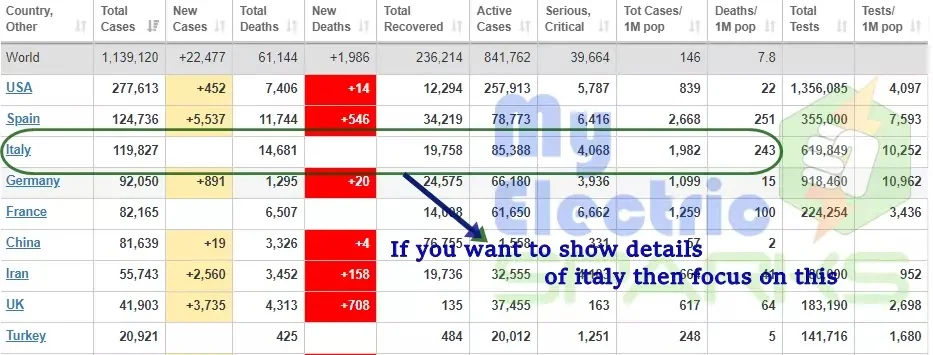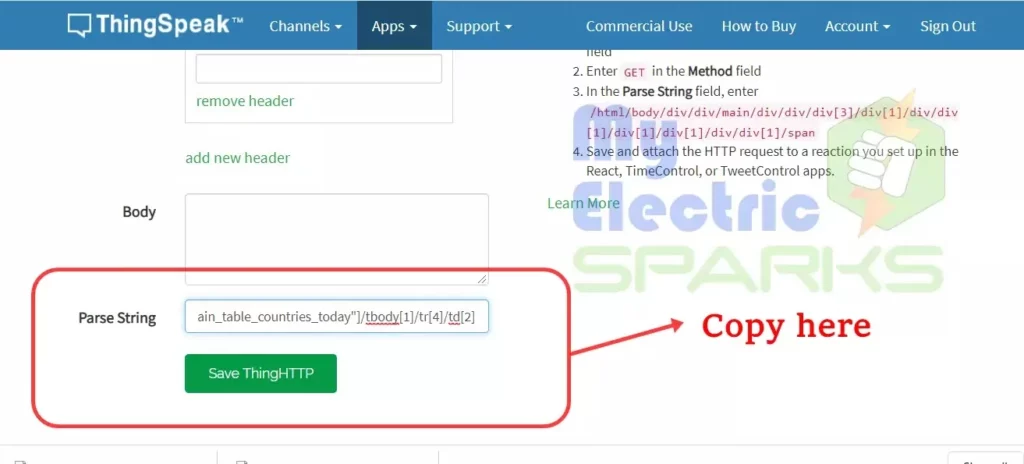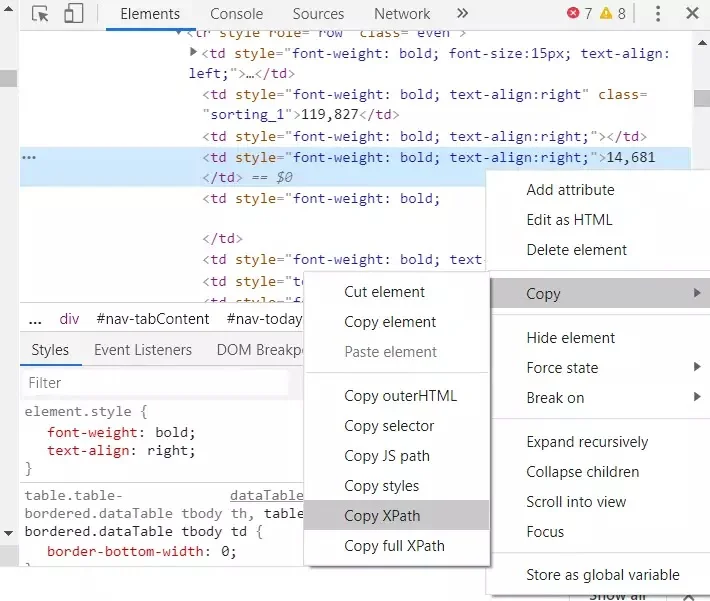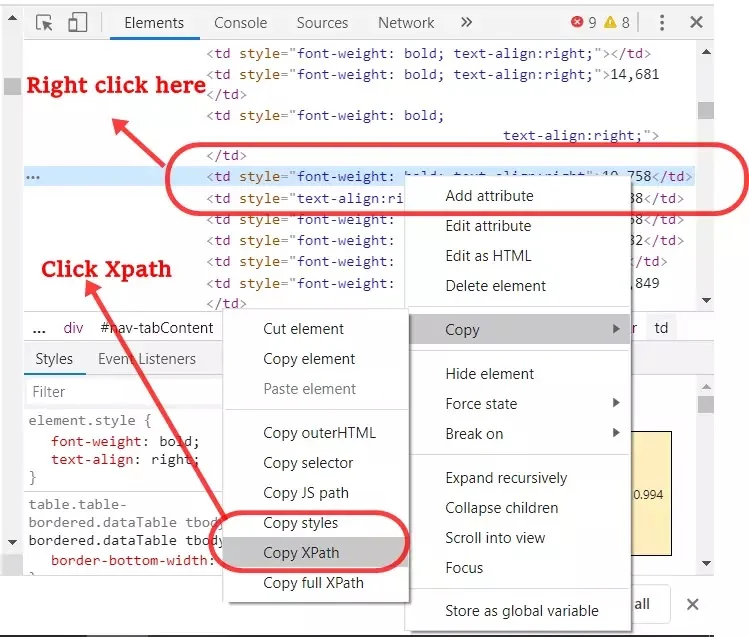Hey there! Do you remember the COVID-19 pandemic that started in 2019 and affected the world? Thanks to technology, it was a tough time for everyone, but we’ve come a long way since then.
I want to tell you about a new project called the “Corona Virus Live Updater Using Arduino.” It’s a device that can detect COVID-19 by analyzing your breath samples. Let’s dive in and learn more about it!
What is the Corona Virus Live Updater Using Arduino?
The Corona Virus Live Updater Using Arduino is a device that uses the popular Arduino platform to help detect COVID-19. You can connect the device to your smartphone or tablet and get real-time updates on whether the virus is in your breath.
How does it work?
The device collects a sample of your breath and analyzes it for COVID-19. It uses a sensor that detects volatile organic compounds (VOCs) in your breath. COVID-19 produces specific VOCs that are different from those produced by healthy individuals, making it possible to see the virus using this method.
What are the benefits?
The Corona Virus Live Updater Using Arduino is affordable, easy to use, and portable. It provides real-time updates, which can help with early virus detection and improve treatment outcomes. The device is open-source, meaning anyone can modify and improve it.
- TechCrunch says that the Corona Virus Live Updater Using Arduino is a unique project that could revolutionize how we detect COVID-19. They praise the device for being affordable, easy to use, and portable.
- CNET is also impressed with the device, saying it showcases open-source technology’s power. They mention that the device has the potential to save countless lives by providing real-time updates on the virus’s presence.
The Corona Virus Live Updater Using Arduino is an exciting project that could help us in the fight against COVID-19. With its affordability, portability, and real-time updates, the device could make a big difference in the early detection and treatment of the virus. Technology is constantly evolving, and we’re seeing new and innovative solutions emerge that can help us stay healthy and safe.
READ MORE LCD Displays: Understanding VA vs IPS Panels
Components Corona Virus Live Updater Using Arduino
Let me explain the components used in the “Corona Virus Live Updater Using Arduino” project. It’s pretty simple and uses only a few elements. Here they are:
- Node MCU WIFI-based Arduino: This is a small board that provides the main brainpower for the device. It’s based on the popular Arduino platform but with added WiFi capabilities.
- Breadboard: This tool allows you to connect multiple electronic components. It makes it easy to build circuits without having to solder anything.
- LCD 1.8 128*160 RGB TFT_LCD: This small screen displays information about the device’s status. It’s easy to read and gives you real-time updates on the virus’s presence.
- Jumper wires: These are just simple wires you use to connect different components. They make it easy to build circuits without having to solder anything.
So, as you can see, the “Corona Virus Live Updater Using Arduino,” project uses only a few essential components that are easy to work with. Even if you’re not an electronics expert, you can still build this device to detect COVID-19.
Step by Step Process For Detecting
Step 1:
- To make the “Arduino-based Coronavirus Death and Recovery Detecting” project, the first step is to create an API for Arduino to extract data from a website.
- An API (Application Programming Interface) is a set of protocols and tools that allow different software applications to communicate with each other. In this case, we must create an API to extract COVID-19 data from the “Worldwide Corona Virus Result” website.

- To create the API, we must write a program to access the website’s data and extract the relevant information. We can do this using a programming language like Python or JavaScript.
- Once the program is written, we must set up a server to host the API. We can do this using a cloud service like Amazon Web Services or Microsoft Azure.
- After setting up the server, we must connect the Arduino to the API using WiFi. This allows the Arduino to access the data from the website and display it on a screen.
- Overall, creating the API is the most crucial step in the project, allowing Arduino to access the COVID-19 data we need. It requires some programming knowledge and cloud service setup, but it’s a crucial project component.

- Once the API is set up, we can extract data for any country we want. For example, let’s say we want to display the results for Italy. We can scroll down the website and find the data for Italy.
- We can then use Arduino to display this data on a screen. We can create a simple program that takes the data from the API and displays it on an LCD screen.

So, it’s not too complicated. We must set up the API, extract the desired data, and display it using a simple program on Arduino. With this project, we can keep track of COVID-19 data for any country we want, helping us stay informed and aware of the situation.
Step 2
- After setting up the API in step 1, the next step is to open “ThingSpeak,” a platform for Internet of Things (IoT) applications.
In “ThingSpeak,” we must create an account by clicking the “signup” button and filling in our personal information. Once we have created an account, we must follow step 3 to continue the project. - We need to create an account in “ThingSpeak” because it allows us to store and analyze data from IoT devices, including Arduino. In this project, we will use “ThingSpeak” to keep the COVID-19 data we extract using the API.

- We need to create an account in “ThingSpeak” because it allows us to store and analyze data from IoT devices, including Arduino. In this project, we will use “ThingSpeak” to keep the COVID-19 data we extract using the API.
- Creating an account in “ThingSpeak” allows us to set up a channel to store the data. We can then use the Arduino to send the data to the channel, allowing us to keep track of the COVID-19 data over time.
- The second step is crucial because it allows us to store and analyze the data we extract using the API. Using “ThingSpeak,” we can create a channel to store the data and monitor COVID-19.
Step 3
- After creating an account in “ThingSpeak” in step 2, the next step is to click on the “Apps” tab in the website’s interface.
Once we have clicked on the “Apps” tab, we need to select the “ThingHTTP” option, which is an app in “ThingSpeak” that allows us to send HTTP requests to other websites.

- By selecting “ThingHTTP,” we can create an API call to fetch the COVID-19 data from the website we set up in step 1. We can then send this data to the channel we started in “ThingSpeak.
- The third step is crucial because it allows us to create an API call to fetch the COVID-19 data from the website and send it to “ThingSpeak.” Using “ThingHTTP,” we can easily manage and automate sending the data to the channel.
Step 4
- After selecting “ThingHTTP” in step 3, the next step is to click on the “New ThingHTTP” button.
- By clicking “New ThingHTTP,” we can create a new request to fetch the COVID-19 data from the website we set up in step 1. We will need to provide some information, such as the URL of the website and the type of request we want to make.

Step 4
- Once we have created the request, we can test it by clicking the “Test” button. This will ensure the request works correctly and we receive the necessary data.
- The fourth step is essential because it allows us to create a request to fetch the COVID-19 data from the website and ensure it works correctly. By testing the request, we can ensure that we are receiving the data we need before moving on to the next step.
Step 5
- After testing the request in step 4, the next step is creating three categories for the COVID-19 data. Since we targeted Italy in step 1, we will only focus on the COVID-19 data for Italy. The three categories we will create are:
- Italy Cases
- Recovery Patients
- Total Deaths
- To create these categories, we need to fill in the name and URL of the website in “ThingSpeak.” We will create an API for each type and set the URL to the website that provides the COVID-19 data for Italy.

- By creating these categories, we can ensure that the COVID-19 data is organized and easy to read. It also allows us to track the number of cases, recovery patients, and total deaths in Italy separately.
- Overall, the fifth step allows us to create categories for the COVID-19 data and ensure that the data is organized and easy to read. By setting the URL to the website that provides the COVID-19 data for Italy, we can track the data in real time and stay up-to-date with the situation.
Step 6
- In this step, we need to find the values for the total number of COVID-19 cases in Italy. We will do this by inspecting the website and looking for the value of the confirmed cases in the sheet.
- To find the value, we first need to click on it and ensure it is under “Total cases.” Once we have identified the value, we must click on it and drag the mouse to highlight it. This will show us the total number of cases in Italy. In this case, it offers 119,827 cases in Italy.



- After identifying the value, we need to click “inspect” to view the code for that element. This will open up the developer tools where we can see the code for that specific element. The value may vary depending on the website and the current situation.
- Click on the following, as shown in the figure below, and click on Copy XPATH as given.

- By scrolling down the website, you will see the save buttons and code bar shown in the figure.

- And then paste the code there, as shown below.
- After coping with the code as shown, click the SAVE THINGHTTP.
The sixth step allows us to find the value of Italy’s total COVID-19 cases. By inspecting the website and looking for the value in the sheet, we can track the number of cases and stay up-to-date with the situation.
Step 7
Now to generate new of Recovered Patients. Follow the steps.
- Click Thing HTTP, as shown in the figure. As to generate new API For recovered patients.

- Then Click the New Thing HTTP, as shown in the figure.


- Now follow the previous steps to underline the Recovered patients, click on it, and then click Inspect.

- Click on the following value, Copy it XPATH, as shown.

- And paste it according to previous steps.


- Then click the Save thing HTTP.
Step 8
- After adding Recovered patients detail now, we’ll have to add Death of patients to API. Repeat Step 7 for generating a new API.
- Enter the name as Deaths shown below.

- Now go to Coronavirus site and click under the tab of Death on it and select inspect as shown below.

- Click on it and then click inspect.

- Again click on it as shown in the figure and copy Xpath.

- Copy all these in the following parse string.
- And click save.
- After that, you will see the following shown in the figure below:

Step 9
- After that, click on the view button to Copy the API code.

- The picture below shows the API key for the TOTAL CASES in Italy, and the Red Alphabets shows the API key.
- Copy the following API of TOTAL CASES and paste it here in Arduino Code, as shown below.

- You can now download the Arduino code from here Click here.

Make sure to set the wifi username and password, as shown in the figure, and the API should be copied of each category in a stepwise manner.
- URL1 = TOTAL CASES
- URL2 = TOTAL RECOVERY
- URL3 = TOTAL DEATHS
Now it’s all done, let’s start building Circuit
Circuit Diagram

- The circuit diagram for the Coronavirus Live Updater project is shown below:
- The Node MCU WIFI-based Arduino is connected to the breadboard, and the LCD 1.8 128*160 RGB TFT_LCD is also connected to the breadboard. The jumper wires are used to connect the components on the breadboard.
- Make sure to connect the components correctly per the diagram to avoid errors.
Wiring
- Connect the GND of Node MCU ESP8266 to the GND of the LCD.
- Connect the VCC of Node MCU to the VCC of the LCD.
- Connect the D7 pin of Node MCU to the SDA of the LCD.
- Connect the D5 pin of Node MCU to the SCL of the LCD.
- Connect the D2 pin of the Node MCU to the DC of the LCD.
- Connect the D1 pin of Node MCU to the CS of the LCD.
- Connect the D0 pin of the Node MCU to the RES of the LCD.
- Connect the last pin of the LCD BL or LED to VCC.
You need a Node MCU ESP8266 and an LCD screen to build the circuit. Start by connecting the Node MCU GND pin with the LCD GND pin. Then, connect the VCC pin of Node MCU with the VCC pin of LCD. Next, connect the D7 pin of the Node MCU with the SDA pin of the LCD and the D5 pin of the Node MCU with the SCL pin of the LCD.
Connect the D2 pin of the Node MCU with the DC pin of the LCD and the D1 pin of the Node MCU with the CS pin of the LCD. The D0 pin of Node MCU should be connected with the RES pin of LCD. Lastly, click the BL or LED pin of the LCD with VCC. The connections should be made as shown in the circuit diagram.
Results
Below are the results, and you can download some of the libraries for the LCD from the provided LINK.
MORE STORIES
Differentiating Computer Vision and Artificial Intelligence: What Sets Them Apart?Best JBL Portable Speakers: Reviews And Buying Guide
QD-OLED vs Neo QLED: A New Era in TV Display Technology: Corona Virus Live Updater Using Arduino (updated)










Thanks a lot for the post.Really thank you! Much obliged.